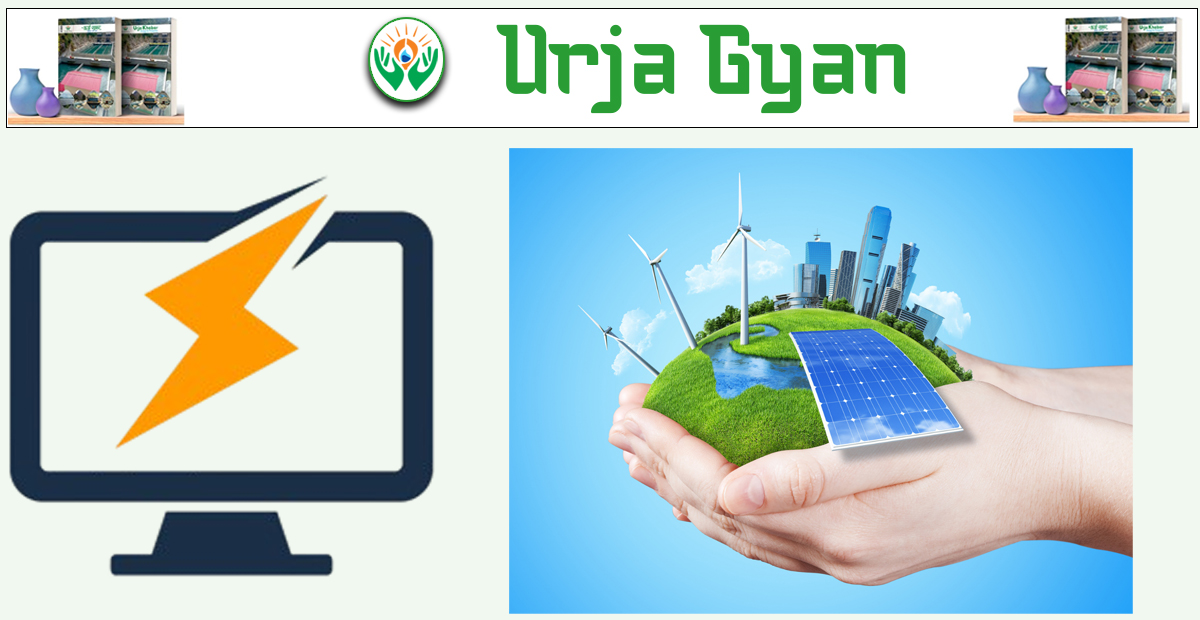
Kathmandu; Under its education column 'Urja Gyaan', published every Friday by Urja Khabar, this week we present a general overview of renewable energy and sources. Last week, we presented definitions of terminologies frequently used in the electricity industry.
1. What is Renewable Energy?

Answer: Renewable energy is the energy derived from natural resources that are not finite. Unlike fossil fuels such as coal, oil, and natural gas—that are finite and polluting—renewable energy sources are renewable in the long term and clean.
2. What are the sources of renewable energy?

Answer: There are primarily six types of renewable energy sources:
(A) Geothermal Energy: Geothermal energy is a renewable energy source derived from the heat of the Earth's interior. This heat comes from hot rocks, fluids, and permeability (the degree to which fluids can move through rocks) deep beneath the Earth's surface. These natural or man-made systems allow the fluids to move through the hot rocks and extract the heat. The heat is brought to the surface via wells and converted into steam, which is used to drive turbines and generate electricity. In comparison to other sources, geothermal plants require less land and are weather-independent unlike solar or wind power.
(B) Tidal Energy: Tidal energy is generated by harnessing the movement of the tides in oceans. It relies on the gravitational pull of the moon and sun and the Earth's rotation. Tides are predictable, so tidal energy generation is very reliable and can be forecast. Tidal energy does not emit greenhouse gases during operation and tidal power stations have long lifespans.
(C) Biomass Energy: Biomass energy is derived from organic material such as plants, agricultural and forest residues, and animal waste. These can be burned or converted into electricity, heat, or biofuels. Biomass can be replenished sustainably or harvested and helps dispose of waste. It even creates employment in agriculture and fuel processing, promoting rural development.
(D) Hydropower: Hydropower is a renewable and clean energy generated from the kinetic energy of water flowing or falling. It is one of the oldest and most widespread renewable energies utilized globally. It has zero direct carbon emission or pollution, is highly reliable and flexible, and has the ability to respond to demand quickly. Hydropower plants can last for decades and need low maintenance and operational expenditure once constructed.
(E) Wind Energy: Wind energy is a renewable form of energy generated by converting the kinetic energy of the wind using wind turbines. Wind turbines consist of massive blades that rotate in reaction to wind. The spinning blades drive a rotor connected to a generator, which produces electricity. Wind farms can be established on land or in the ocean. Wind farms have no emissions during operation and can be installed in small and large sizes. Wind farms also require a comparatively short time for construction.
(F) Solar Energy: Solar energy is a renewable energy that is obtained from sunlight and heat. Solar energy is one of the cleanest and most abundant energy resources available on Earth. Solar energy can be utilized mainly in two ways: